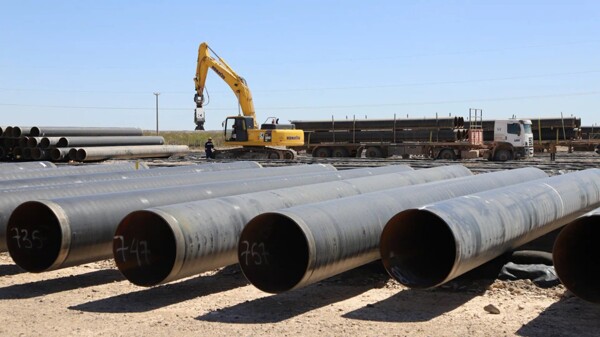
The evolution of interest rates in Argentina will depend on the competition for liquidity between the Treasury and the private sector. Following a debt auction with less favorable results, the Treasury's deposits in pesos at the Central Bank significantly increased, prompting experts to anticipate an improvement in real returns in local currency in the coming months.
Milagros Gismondi, analyst at Cohen Aliados Financieros, pointed out that the reduced availability of funds from the Treasury at the Central Bank will lead the public sector to compete with private banks by offering better returns on peso instruments to attract liquidity in upcoming local debt auctions. The analyst estimated that the real floor of interest rates was reached in the recent debt auction.
Consulting firm 1816 observed a transfer of pesos from accounts in financial entities to the account at the Central Bank as a government signal aimed at dispelling fears regarding the payment of sovereign debt in local currency. Although the liquidity situation is tightening, they argue that the Treasury, with a fiscal surplus in recent months, can meet its debt commitments in the short term without issues.
Regarding future prospects, two virtuous scenarios are proposed: a relaxation in the broad monetary base regime or greater adoption of the dollar for everyday transactions by the population. If not, an increase in real interest rates is anticipated, with the Treasury competing fiercely with the private sector for liquidity.
Analysts estimate that the monetary policy rate will remain around 27.5% in March, with a slight decrease corresponding to the deceleration of inflation. The market considers that real interest rates have reached a minimum, and an increase in the future is not ruled out.














